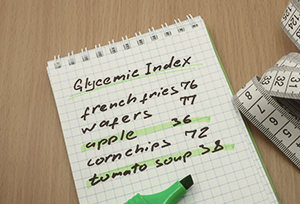
Rice has been a staple food for many Asian countries. Likewise, Asian countries led by India and China are the largest consumers of rice. Asian countries also produce varieties of this staple and export it to meet the needs of the global population.
We explore varieties of the rice and the benefits of each.
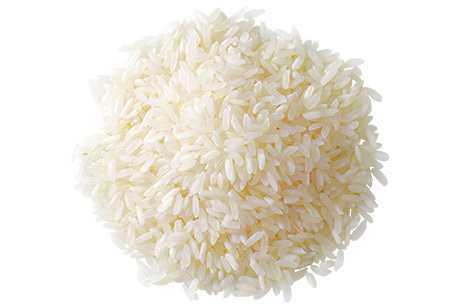
The cultivation of jasmine rice is a crucial economic and cultural aspect of Thailand. Thailand is the main producer and exporter of jasmine rice ahead of Cambodia, Laos and Vietnam.
The term jasmine rice, originates from the fact that the rice grains are white like the jasmine flower. It is also used as a major ingredient in Thai desserts that have a base of coconut milk.
The aroma of freshly cooked jasmine rice goes perfectly with seafood dishes.
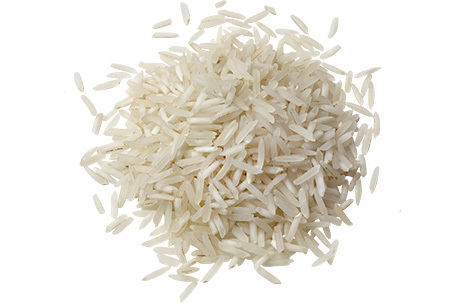
A South Asian staple, this long-grained rice gets its name from its fragrance. Rich in amino and folic acids and low in sodium, basmati rice sets itself apart with a distinctive flavour and nutty taste.
Available in both white and brown varieties, it is an aesthetic and tasty choice for stir fried rice.
For a longer grain, soak basmati rice in water for a while after washing.

A refined white rice, glutinous rice when cooked is exceptionally sticky. Its glue-like texture also gives it the colloquial name “sticky rice”. Glutinous rice is distinctive from its opaque grains.
Glutinous rice does not contain gluten. It is in fact recommended for gluten free diets. Amylopectin (one of the two components of starch) is responsible for the sticky texture of glutinous rice. While glutinous rice, may not be consumed as much as other varieties of rice, it is widely used in Asian delicacies.
Glutinous rice is recommended for gluten free diets as it is gluten free.
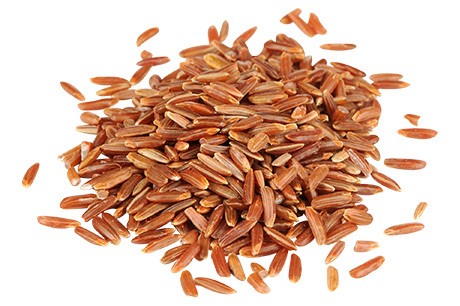
A whole grain, red rice gets its name for the range of its grains that vary across shades of red. These varying colours make red rice rich in antioxidants.
Upon cooking, red rice may turn reddish brown. This is the natural red colour within the hull of the rice that escapes and naturally dyes the dish. Red rice is significantly different in flavour due to its natural grain and compliments a number of dishes.
Red rice is rich with antioxidants, minerals and dietary fibre.
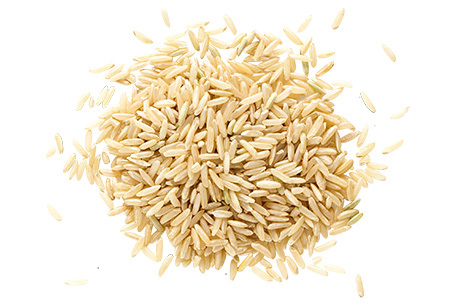
Brown rice has been promoted as a healthy eating alternative. However little has been discussed about its benefits. Half a cup of brown rice has shown to equate to one whole grain serving. Consuming brown rice helps the body in achieving sufficient amounts of Vitamin B.
Brown rice achieves its colour from its bran layers that are rich in minerals and vitamins. The cultivation and processing of brown rice is done in a way that is least harmful to its nutritional value. Only the outermost layer is removed. Brown rice takes about twice as long as white rice to cook. Cooked brown rice may also not be as smooth as other forms of rice.
We have now been introduced to various types of rice and are probably spoilt for choice while being conscious about our health. We have just made it easier by exploring the various factors to consider achieving a healthy rice meal.
High in fibre and and minerals offers optimal benefits for overall health.